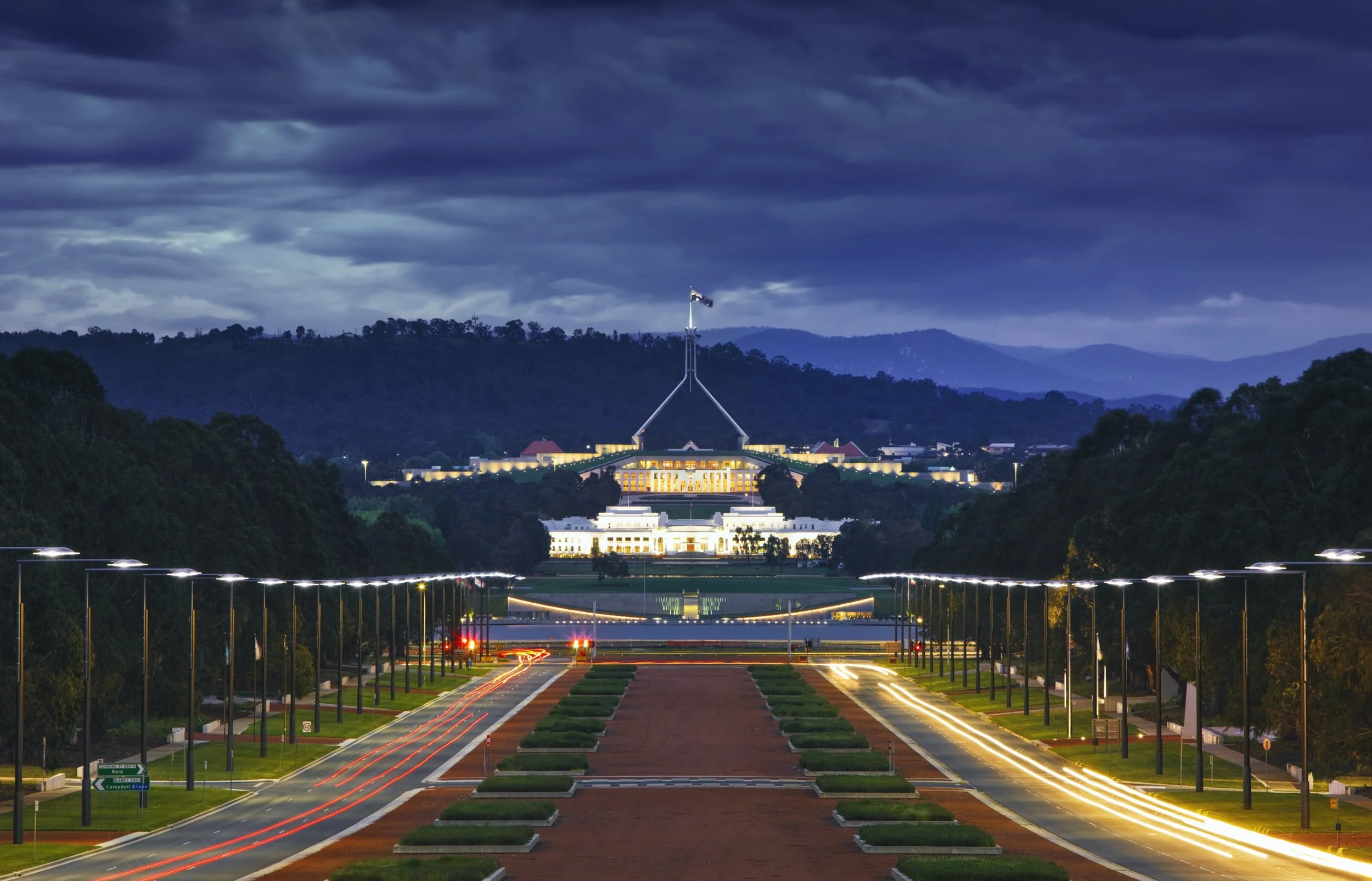By Dhruva Jaishankar
This is an executive summary of an analysis published by Lowy Institute on September 16, 2020. The full text can be accessed here.
After five decades of testy or distant strategic relations, India and Australia began in the early 2000s to forge an increasingly cooperative defence and security partnership. The primary drivers were similar concerns about China’s rise, behaviour, and assertiveness, as well as converging views about the regional strategic landscape.
The decreasing salience of their divergences — Cold War-era geopolitics, India’s nuclear status, strained people-to-people ties, and shallow economic and trade links — also helped create more favourable conditions. Starting slowly in 2000, and accelerating in 2006 and 2014, the Australia–India strategic relationship began to involve policy dialogues, military exercises, defence exchanges, and security arrangements of greater frequency and sophistication.
Today, all the major elements of a robust defence partnership are in place, although still at very early stages of development. Important constraints remain, including mismatched capabilities, divergent priorities, and differing strategic circumstances, especially concerning relations with China and the United States. In addition to appreciating and navigating these differences, New Delhi and Canberra can enhance their strategic partnership by structuring and prioritising their consultations, improving military interoperability, deepening technological collaboration, and broadening relations. [Full text]

